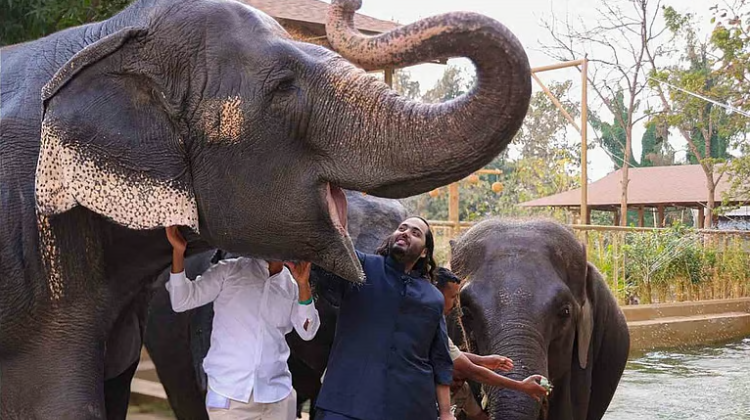The organisation has called for an independent scientific investigation to ensure the welfare of the animals.

The Wildlife Animal Protection Forum of South Africa (WAPFSA), a collaborative network representing the interest of animals in South Africa, has raised concerns over high numbers of leopards, cheetahs, tigers and lions being exported to the Greens Zoological, Rescue and Rehabilitation Centre (GZRRC) or Vantara.
The Vantara facility, owned by industrialist Mukesh Ambani’s son Anant, was launched on February 26, 2024. It was recently inaugurated by PM Narendra Modi on occasion of World Wildlife Day on March 3.
Experts have raised concerns about the suitability of Vantara’s location. This is because Gujarat, where the 3,000 acre facility is located, is hotter than many parts of India, making it unsuitable for many species housed in the zoo.
These concerns have been voiced in the form of a letter issued on March 6 by WAPFSA to concerned ministries including Department of Forestry, Fisheries and the Environment (DFFE); South African CITES Management Authority; Chair of the Scientific Authority South Africa, Ms T Frantz and the CITES Secretariat.
According to the GZRRC 2023/2024 Annual Report, 56 cheetahs were exported to Vantara from South Africa. “We have raised all the necessary concerns and arguments about the lack of non- detrimental findings with regard to the twelve Cheetah that were exported to India. We also question where the 56 Cheetah were exported from in South Africa?” The letter stated.
The report also mentioned a number of species including their numbers that made their way from South Africa. The list includes aardvark (4), cheetah (56), caracal (52), jaguar (6), leopard (19), lion (70), African wild dog (20), eland (20), marmoset (10), tiger (60), Banded mongoose (30) and ring-tailed lemur (40).
Other animals included Nyala, sable antelope, warthog, wildebeest, spotted hyena and springbok among others.
It also raised concerns that lions and tigers seemed to be purchased and exported from breeding facilities in South Africa and eventually their living conditions in Vantara improved.
“This does not justify the reality that they will now be transformed into breeding machines, exploited within the numerous animal breeding facilities (nurseries) located outside the main zoo,” the WAPFSA said in their letter.
The organisation has called for an independent scientific investigation to ensure the welfare of the animals.
“Most wildlife experts agree that placing animals in any captive environment is itself a form of mistreatment. A life in captivity in a zoo, no matter how advanced the zoo facilities may be, can never equal a life lived in natural surroundings. Captivity enforces conditions upon wild animals in which they are not adapted to thrive,” they said in a statement.
